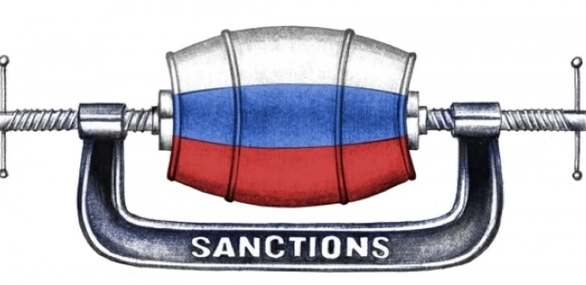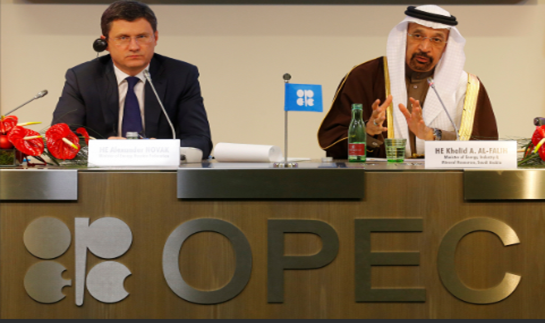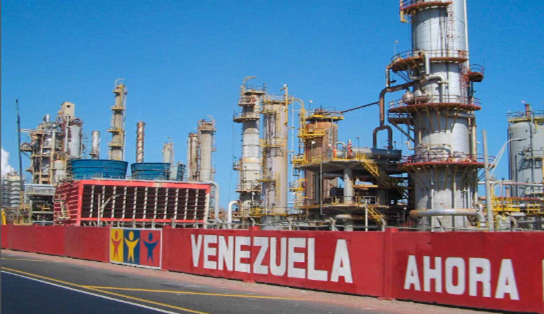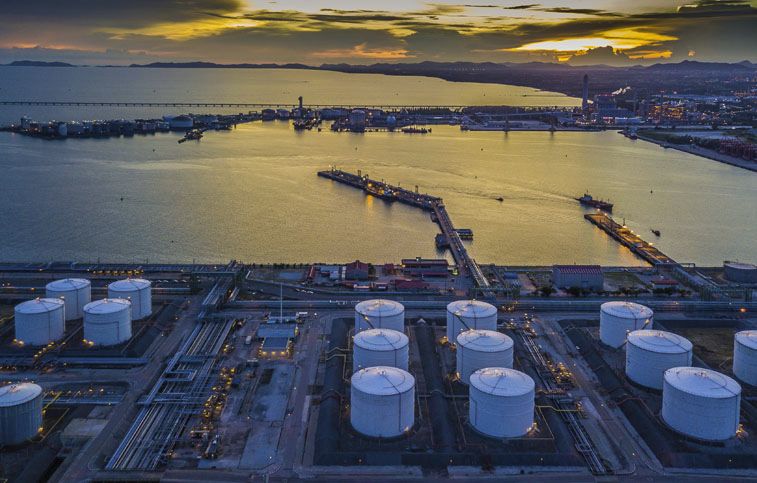On 7th Tuesday, March 2023, the U.S. government’s Energy department, EIA (Energy Information Administration), lowered its previous crude oil price estimate for Brent crude oil to $83/bbl in 2023. It signifies an 18% drop from 2022’s prices of $101/b.
They also predict the prices will continue to drop to $78/bbl in 2024. Three important variables influence these changes; Russia’s extraction and capability to export oil products, the non-OPEC nations’ willingness to expand their oil production, and China’s relaxation of COVID-19 restrictions.
Therefore, let’s take a closer look at these variables and their significant effect on the cost of Brent’s crude oil activities and price valuation.
1. The Russian Oil Production’s Capacity and The Sanction/Restrictions Involved

Russia’s full-scale invasion of Ukraine in March 2022 increased global oil prices due to the prospect of sanctions and physical restrictions by NATO, the E.U., and the USA on Russia’s oil output products when supplies were already low.
The strained diplomatic relations between these major industry giants are among the biggest uncertainties influencing the EIA’s Brent Crude oil price forecast.
Russia’s crude oil capacity and contribution to the world’s petroleum markets cannot be easily ignored since it generated nearly 11% of all global oil products in 2022.
The E.U.’s imminent February 5th, 2023, ban on all imports of Russian petroleum products by sea may have a greater negative impact than the December 2022 restriction on imports of Russian crude oil by sea.
Economic experts presume that Russia can redirect some of its oil supplies subjected to E.U. sanctions to other countries, especially the developing nations in Africa.
But, it’s essential to note that the country’s capacity to reroute its exports of petroleum products primarily depends on these nations’ willingness to purchase Russia’s oil and the resilience of the world’s supply chains for petroleum products.
However, Russia is expected to lower the amount of crude oil it supplies to refineries and further reduce its production despite seeking alternative market sources.
2. Additional Sources of Crude Oil Supply From Non-OPEC Members

The major contributor to EIA’s production growth is U.S. oil output, which is still uncertain due to the industry’s generally low capital expenditure.
They anticipate that with minimal investment, the Permian region will produce record amounts of U.S. crude oil in 2023 and 2024 due to gains in drilling productivity and related natural gas takeaway capacity.
OPEC is the second-largest supplier of global crude oil output growth, and in 2022, OPEC members generated 34% of all petroleum products. In EIA’s 2022 estimate, OPEC production reductions would restrict the market and raise oil prices.
However, it’s vital to note that crude oil producers like Venezuela, previously excluded from OPEC, were reinstated after the United States lifted/ eased sanctions against it late last year.
Therefore, energy experts expect Venezuela to produce more crude oil than it has in the last five years on average. It means that between 2022 and 2024, EIA anticipates a 12% increase in the combined oil production of all crude oil producers regardless of their OPEC membership status.

Growth is also anticipated from emerging sources like Guyana. Because of delays in project start dates, the rise of the oil supply from these sources might be less than Energy Information Administration predicted output levels.
3. China’s 2023 Economic Revival Measures
Mobility limitations, an economic downturn, and a decrease in oil consumption resulted from China’s efforts to stop the transmission of COVID-19 in 2022.
Increased COVID-19 cases disrupted economic growth and travel, particularly in the first half of 2023, significantly lowering the most populated country’s (China) crude oil consumption, according to EIA’s initial predictions.

However, when China lifted COVID-19 restrictions in Wuhan and Shanghai in January 2023, it resulted in sustained economic development and a significant oil consumption higher than EIA’s anticipated level in the country’s 2023 -2024 estimates.
To understand how the country’s COVID-19 containment policy affects global crude oil prices, you should note that in 2022 China consumed around 15% of the world’s produced oil.
Therefore, changes in China’s economic activities have a direct connection and relation with its petroleum consumption hence; significantly impacting the global oil balance and pricing.
Final Thoughts
Since crude oil prices rise when inventories and supply are low and fall when they are high. The latest EIA projections on Brent’s crude oil prices reflect that the product’s supply in 2023 may exceed its consumption, causing a major decrease in the product prices and stock valuation.












